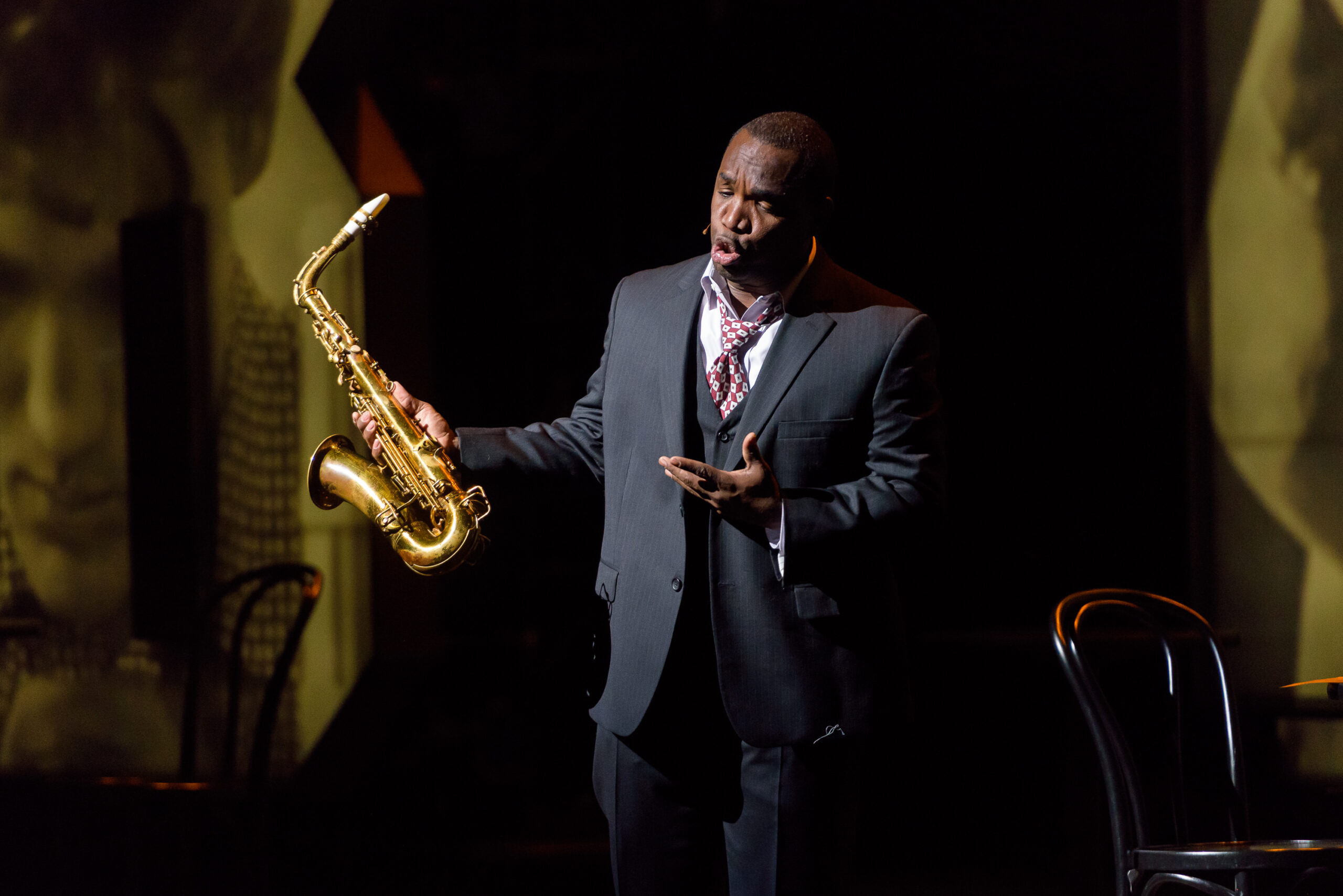“Charlie ‘Bird’ Parker: A Harmonic Odyssey in the Realm of Bebop”
- 1 Everything You Need To Need To Know About Charlie ‘Bird’ Parker
- 1.1 Early Years in Kansas City
- 1.2 Teenage Virtuosity
- 1.3 The Call to Innovation
- 1.4 Birth of Bebop
- 1.5 Surgical Precision in Music
- 1.6 Emotional Resonance
- 1.7 1940s Musical Brilliance
- 1.8 Influence on Future Generations
- 1.9 Shadows of Addiction
- 1.10 Enduring Brilliance
- 1.11 The Silent Symphony
- 1.12 Beyond Musicianship
- 1.13 Duality of Triumph and Tribulation
He was inaugurating the exploration into the life and musical legacy of Charles “Bird” Parker. Charlie “Bird” Parker: A Soaring Odyssey Through the Realm of Bebop’s Virtuoso He intricately wove melodic tapestries akin to silk threads, interlacing harmonious complexities into a dazzling symphony of sound. His alto saxophone, a mere extension of his essence, resonated with a voice both triumphant and sad, echoing the triumphs and tribulations of a life lived at the dizzying pinnacles of musical brilliance. This narrates the tale of Charles “Bird” Parker, a luminary who transformed the topography of jazz, ascending through the ethereal realms of bebop, leaving in his wake a legacy that continually captivates and kindles inspiration.
Everything You Need To Need To Know About Charlie ‘Bird’ Parker
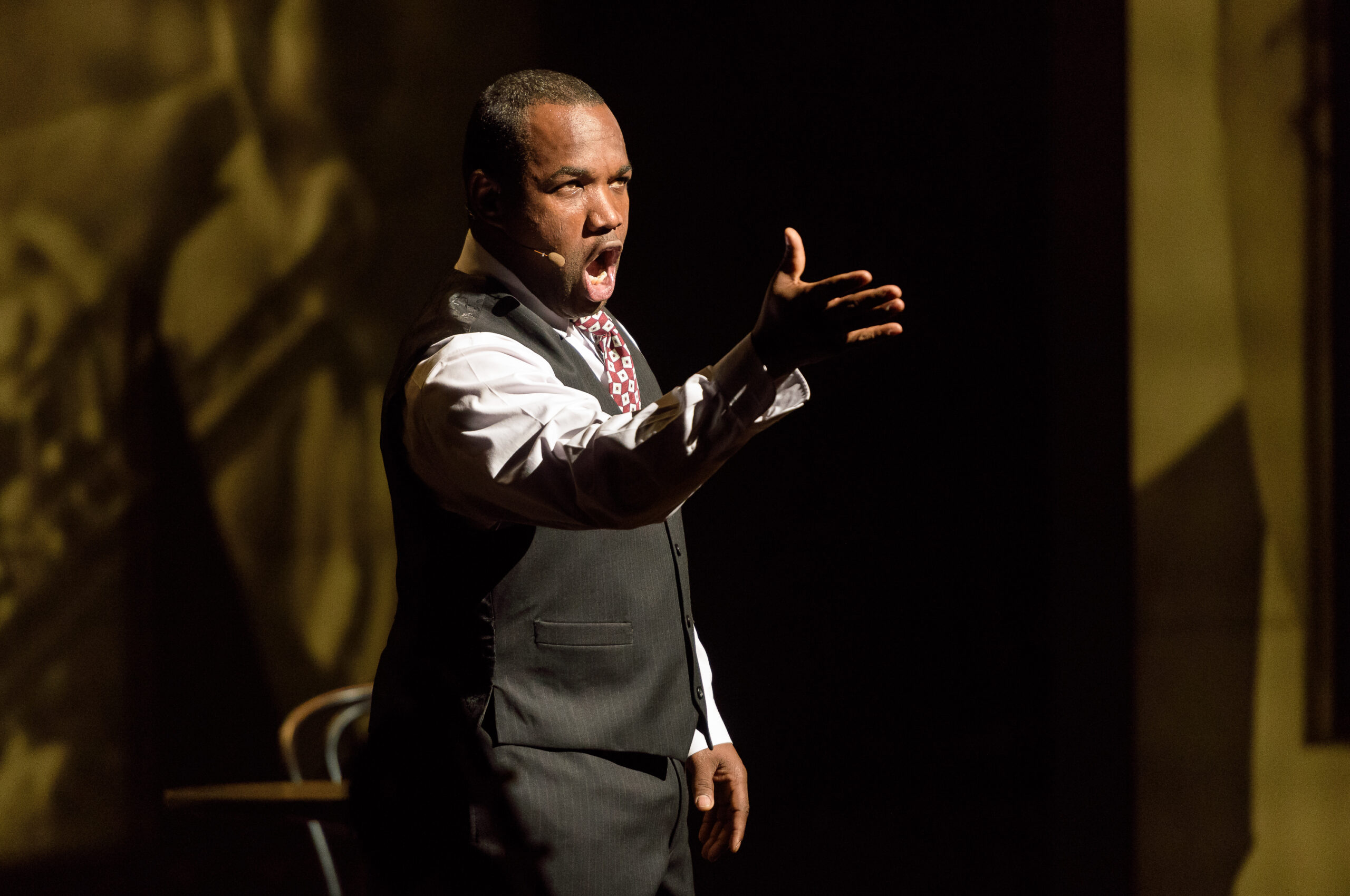
Early Years in Kansas City
He was unravelling the enigmatic details of Parker’s formative years and the whispers of his prodigious talents in the vibrant jazz milieu of Kansas City. Inaugurated on August 29, 1920, in Kansas City, Missouri, Charles Christopher Parker Jr. was destined for a life immersed in the realm of music. Though details of his formative years remain enigmatic, whispers of his precocious talents began circulating within the city’s vibrant jazz milieu. In his teenage years, Parker emerged as an accomplished saxophonist, absorbing the resonances of Lester Young, Coleman Hawkins, and Herschel Evans, moulding their styles into the fertile ground of his burgeoning musical lexicon.
Teenage Virtuosity
Jazz luminaries like Lester Young and Coleman Hawkins influenced the emergence of Parker as a skilled saxophonist during his teenage years. However, the storm brewing within the young maestro surpassed the confines of Kansas City. In the early 1940s, drawn by the allure of innovation, Parker embarked on the consequential pilgrimage to New York City. Amidst the bustling clubs and jam sessions of Harlem, he encountered kindred spirits – Dizzy Gillespie, Thelonious Monk, Bud Powell – fellow musicians who shared his insatiable spirit and thirst for a novel musical dialect. Together, they birthed bebop, a sonic revolution challenging the established order of swing.
The Call to Innovation
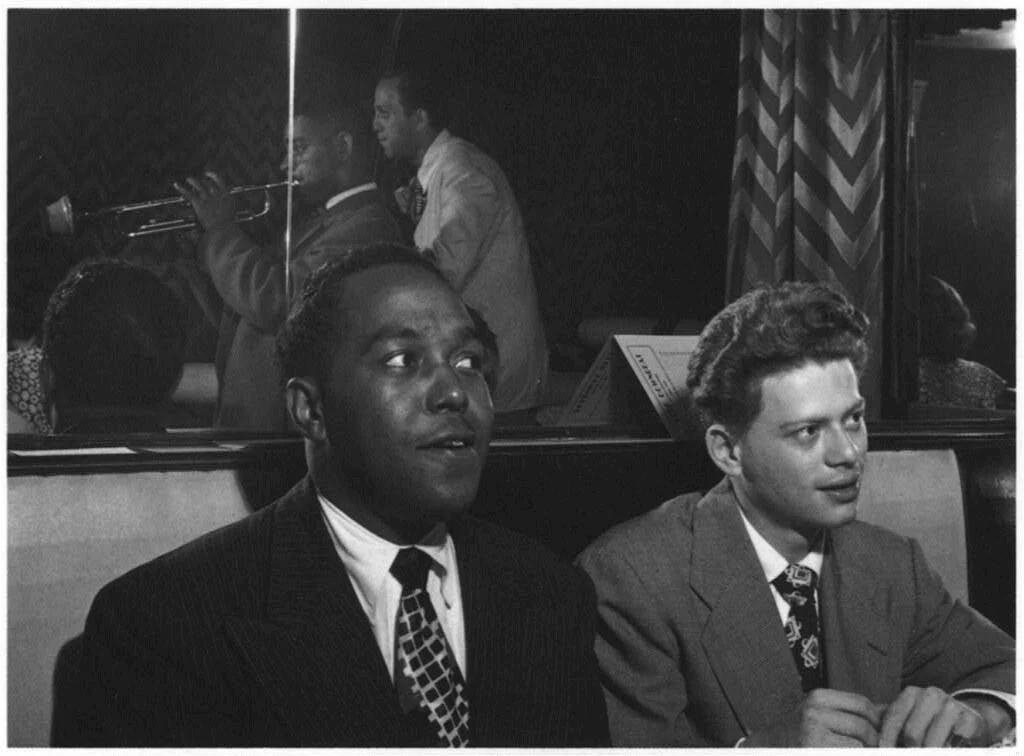
The allure of innovation beckons Parker to embark on a consequential pilgrimage to New York City in the early 1940s, where he encounters kindred spirits in Dizzy Gillespie, Thelonious Monk, and Bud Powell. Notwithstanding personal tribulations, Parker’s musical output in the 1940s was awe-inspiring. Collaborations with Gillespie, Miles Davis, and Max Roach yielded a string of legendary recordings – “A Night in Tunisia,” “Koko,” and “Groovin’ High” – solidifying their place in the bebop repertoire. His influence on fellow musicians was immediate and profound. The emergence of saxophone virtuosos like John Coltrane, Sonny Stitt, and Phil Woods bore testament to Parker’s groundbreaking oeuvre.
Birth of Bebop
A detailed exploration of the revolutionary sonic landscape of bebop, birthed in the bustling clubs and jam sessions of Harlem, as Parker and his contemporaries challenge the established order of swing. Bebop was akin to capturing lightning in a bottle. The smooth, danceable melodies of yore were supplanted by intricate chord progressions, breakneck tempos, and improvisational flights that pushed the boundaries of melody and harmony. Parker, at the epicentre of this sonic tempest, wielded his saxophone like a surgical tool, his improvisations a masterclass in rhythmic ingenuity and harmonic audacity. He spun intricate lines, intertwining bebop’s distinctive chromaticism and innovative chord substitutions into breathtaking improvisations seemingly defying the limitations of human breath and instrument.
Surgical Precision in Music
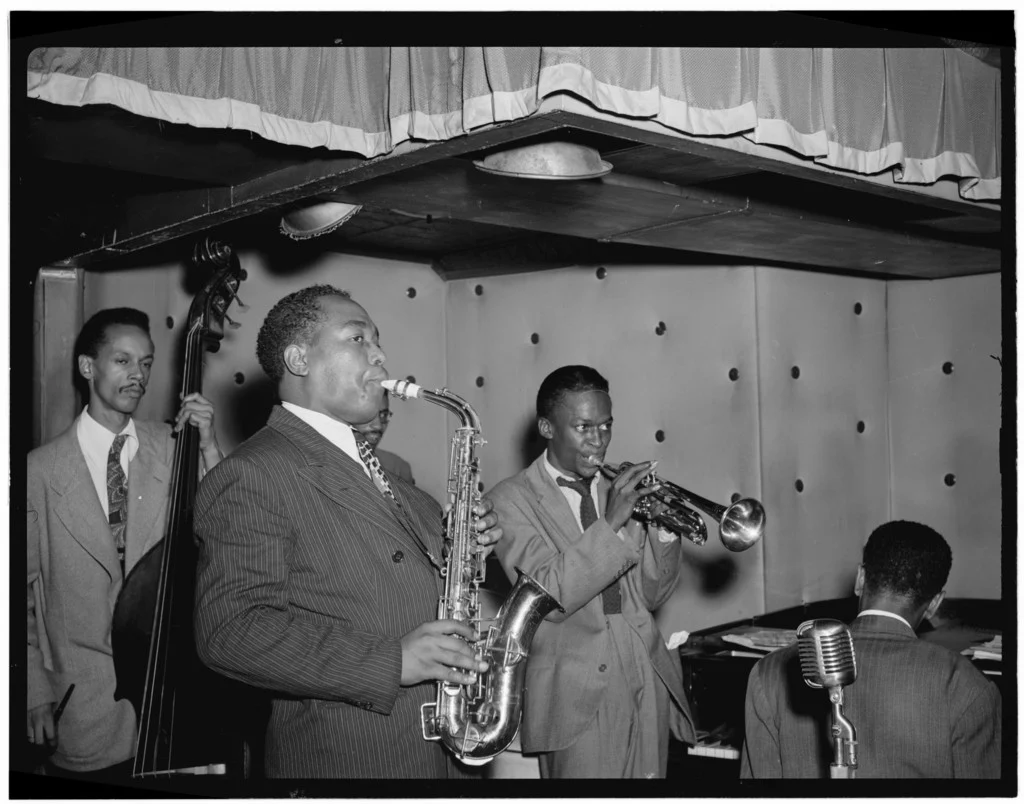
He is examining Parker’s unique approach to his saxophone, likening it to a surgical tool; he crafts intricate lines and breathtaking improvisations that defy the limitations of human breath and instruments. Surgical precision” in music describes meticulously crafted moments with laser-sharp focus. It might be a drummer’s lightning-fast snare roll perfectly synced to a guitar lick, a vocalist’s note bending with microtonal accuracy, or a producer layering in nuanced electronic textures that elevate the entire soundscape. It’s a meeting of technical mastery and artistic intent, where every note or sound feels intentional and impactful, leaving the listener in awe of the musical control on display.
Emotional Resonance
Delving into the emotional depth of Parker’s music, reflecting the turbulence of his personal life, including struggles with racism, poverty, and addiction, as evidenced in tracks like “Round Midnight” and “Billie’s Bounce.” The emotional resonance in Charlie “Bird” Parker’s music is profound, reflecting the turbulence of his journey. Through the saxophone, he translated struggles with racism, poverty, and addiction into poignant solos, creating a bittersweet blend of virtuosity and vulnerability. His melodies stand as powerful echoes of the human experience.
1940s Musical Brilliance
An awe-inspiring period in Parker’s musical journey, marked by collaborations with Gillespie, Miles Davis, and Max Roach, it yielded legendary recordings that solidified their place in the bebop repertoire. In the 1940s, Charlie “Bird” Parker’s musical brilliance soared, collaborating with jazz luminaries to produce legendary recordings that solidified bebop’s place in the lyrical repertoire.
Influence on Future Generations
I am exploring Parker’s immediate and profound influence on fellow musicians with the emergence of saxophone virtuosos like John Coltrane, Sonny Stitt, and Phil Woods. Charlie “Bird” Parker’s immediate and profound influence on future generations resonates in the emergence of saxophone virtuosos like John Coltrane, Sonny Stitt, and Phil Woods.
Shadows of Addiction
The ominous shadows of addiction in the early 1950s, health issues, and the toll they take on Parker’s life lead to cancelled tours and a newfound fragility. The ominous shadows of addiction cast a pall over Charlie “Bird” Parker’s life in the early 1950s, impacting his health and leading to cancelled tours.
Enduring Brilliance
Even in the throes of decline, a closer look at Parker’s enduring brilliance is showcased in albums like “Bird with Strings” and “Charlie Parker at Birdland.”
The Silent Symphony
Reflecting on the frigid March evening in 1955 when the symphony fell silent as Charlie Parker succumbed at the tender age of 34, leaving behind a legacy that still illuminates the jazz panorama.
Beyond Musicianship
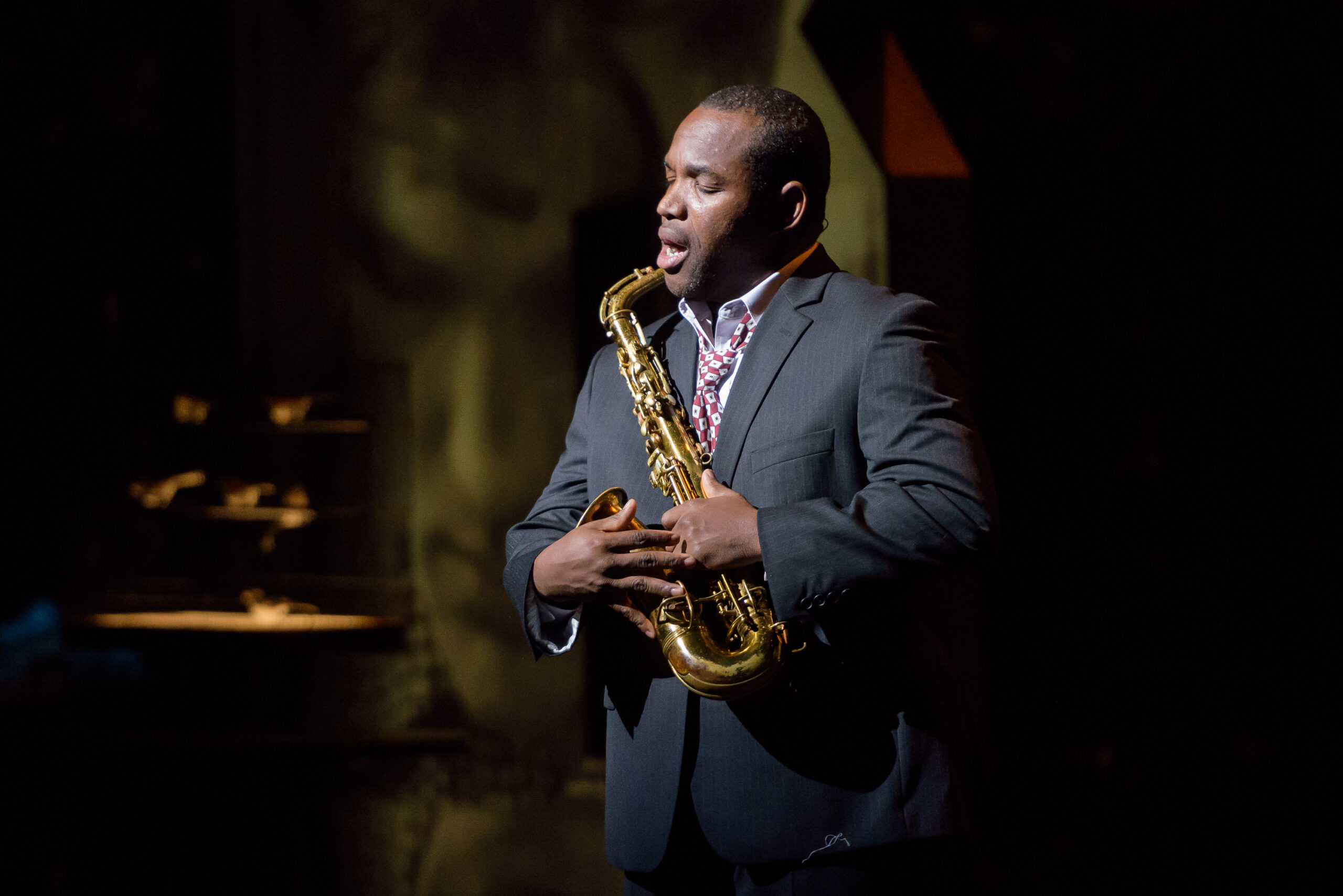
She was examining Parker’s role as a revolutionary who redefined the realms of jazz, stretching the limits of improvisation and melodic innovation.
Duality of Triumph and Tribulation
He is delving into the duality that renders Parker’s music timeless, where his melodies echo both triumph and tribulation, creating an eternal tapestry woven from the strands of his extraordinary life.

